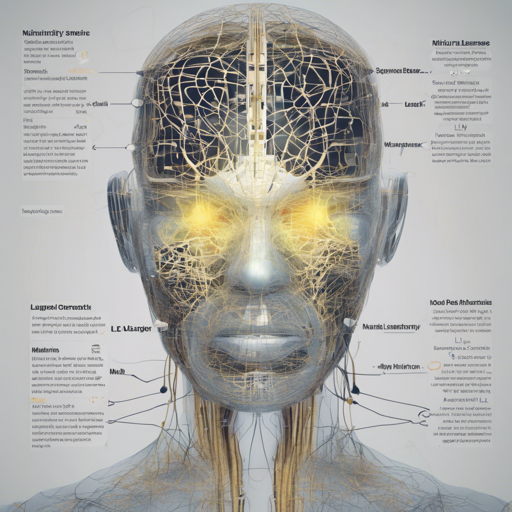The Paraphrase-MiniLM-L6-v2 model is a powerful tool that allows you to map sentences and paragraphs to a 384-dimensional dense vector space, facilitating tasks like clustering and semantic search. This article will guide you through the process of utilizing this model in your projects and provide some troubleshooting tips along the way.
What is Sentence Similarity?
Sentence similarity refers to measuring how alike two sentences are in terms of meaning. A tangible analogy for this is how two different maps might depict the same city but using distinct symbols. In programming, models like Paraphrase-MiniLM-L6-v2 help in evaluating the “closeness” of sentences semantically, translating them into a numerical space that computers can easily work with.
Getting Started with Paraphrase-MiniLM-L6-v2
Before you can use the model, you need to set up the necessary library.
1. Install Sentence-Transformers
You first need to install the sentence-transformers library. Open your terminal and run:
pip install -U sentence-transformers2. Using the Model with Sentence-Transformers
Here’s how to use the model once you have the library installed:
from sentence_transformers import SentenceTransformer
sentences = ["This is an example sentence", "Each sentence is converted"]
model = SentenceTransformer('sentence-transformers/paraphrase-MiniLM-L6-v2')
embeddings = model.encode(sentences)
print(embeddings)3. Using the Model with HuggingFace Transformers
If you prefer not to use sentence-transformers, you can still access the model via HuggingFace Transformers. Below is an example:
from transformers import AutoTokenizer, AutoModel
import torch
# Mean Pooling - Take attention mask into account for correct averaging
def mean_pooling(model_output, attention_mask):
token_embeddings = model_output[0] # First element of model_output contains all token embeddings
input_mask_expanded = attention_mask.unsqueeze(-1).expand(token_embeddings.size()).float()
return torch.sum(token_embeddings * input_mask_expanded, 1) / torch.clamp(input_mask_expanded.sum(1), min=1e-9)
# Sentences we want sentence embeddings for
sentences = ["This is an example sentence", "Each sentence is converted"]
# Load model from HuggingFace Hub
tokenizer = AutoTokenizer.from_pretrained('sentence-transformers/paraphrase-MiniLM-L6-v2')
model = AutoModel.from_pretrained('sentence-transformers/paraphrase-MiniLM-L6-v2')
# Tokenize sentences
encoded_input = tokenizer(sentences, padding=True, truncation=True, return_tensors='pt')
# Compute token embeddings
with torch.no_grad():
model_output = model(**encoded_input)
# Perform pooling. In this case, mean pooling.
sentence_embeddings = mean_pooling(model_output, encoded_input['attention_mask'])
print("Sentence embeddings:")
print(sentence_embeddings)Troubleshooting
If you encounter issues during installation or while running your code, here are some troubleshooting tips:
- Error: Package not found: Ensure you have the latest version of pip installed by running
pip install --upgrade pip. - ImportError: Check that you are importing libraries correctly and have them installed in your current environment.
- Performance Issues: If the model is running slowly, consider reducing your input batch size, as larger inputs may consume more resources.
For more insights, updates, or to collaborate on AI development projects, stay connected with fxis.ai.
Understanding the Model Architecture
The model architecture for Paraphrase-MiniLM-L6-v2 consists of a Transformer structure that is designed to process sentences efficiently. By pooling the embeddings from the transformer outputs, the final sentence embeddings can be obtained. Think of it like a sculptor shaping a piece of marble; the interactions amongst layers refine the given data into a more usable form.
At fxis.ai, we believe that such advancements are crucial for the future of AI, as they enable more comprehensive and effective solutions. Our team is continually exploring new methodologies to push the envelope in artificial intelligence, ensuring that our clients benefit from the latest technological innovations.

